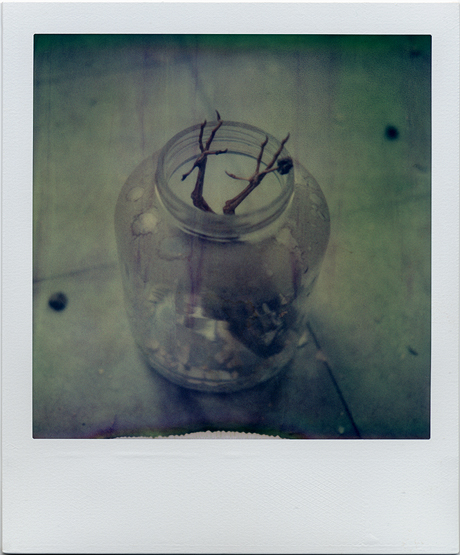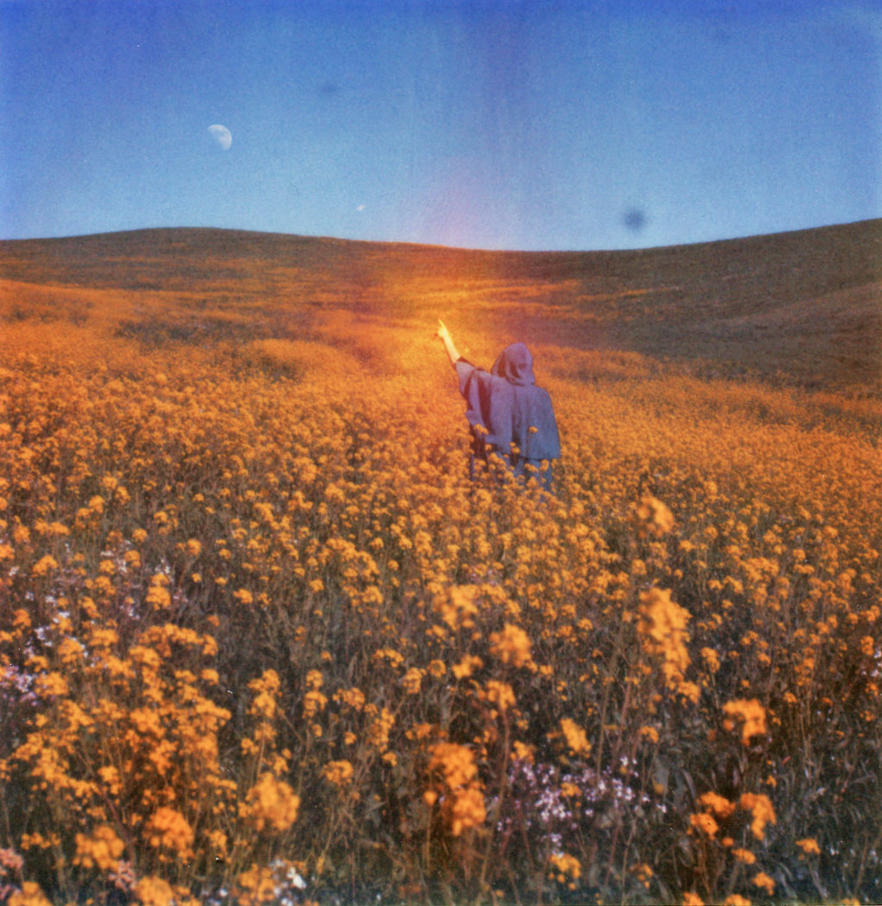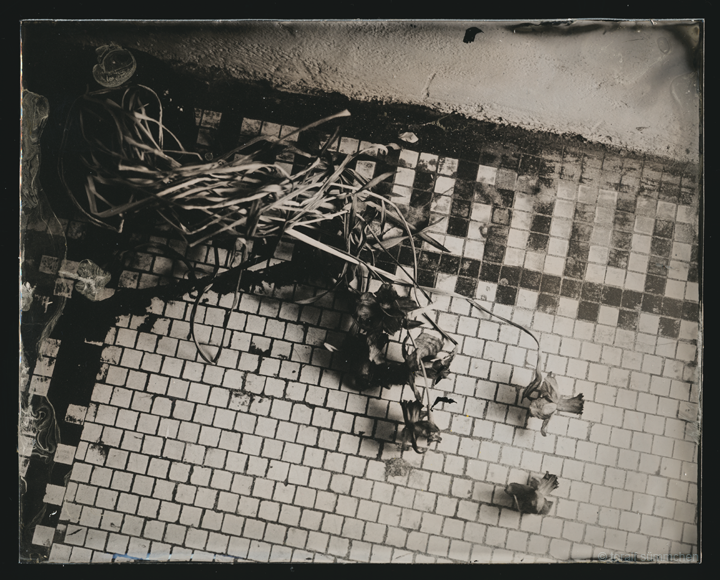Today we'd like to present our second guest curator, a Canadian artist Isabelle Thibeault-Jolin, and the artists that she chose for the exhibition, Marianne Priest and Toralf Sümmchen.
The photos we included in these descriptions are examples of the photographers' work, but not the ones included in the exhibition, as only two photographs per artist will be shown as part of this curator's presentation and we don't want to give too much away before the opening.
Isabelle Thibeault-Jolin
is a photographer, painter and collagist living in Montréal, Canada.
She takes both analogue and digital photographs, sometimes linking both
in photographic collages. Isabelle uses photography as a way of documenting how the world around her affects her thoughts and moulds her experience: As for what I'm trying to show in my photography, well, I'm trying to
show to myself how I experience the world and myself. It's like wearing
glasses; it helps me to see better. Isabelle runs regular features in journals on her page, presenting works by artists she find interesting.
What do you
look for in photographs?
There are different types of photography that I
enjoy. I suppose what I enjoy most is when I feel there is a whole
universe behind the image - the universe of the artist - and the image
drags me and makes me want to look longer, to get a better impression of
that universe. Sometimes this doesn't happen right away, you must take
your time.
Why did you choose these
specific artists?
This has to do with my answer to the first question.
I've been following Marianne and Toralf's works for a couple of years,
now. I feel in tune with their universe. There is a sensibility about
their work that touches me. Also, they both experiment with analog
photography and make their own prints, which is something I am
interested in.
Marianne Priest
Marianne
Priest is a self-taught photographer living in northern lower Michigan. She got her first camera in the late 90s and over the years
has learned from reading, trial and error (...). (Marianne defines her current style as) reminscent of pictorialism, prevalent in the late 1800s into the
early 1900s. It is a style that suits Marianne's desire for an intimate
connection between the image and the viewer. In the rather
impressionistic looking images she creates, the viewer is allowed to put
their own ideas and dreams into the photograph and get from them what they feel as opposed to what she might have been feeling.
(...) For the
past 5 years she has been learning and experimenting strictly with the
Lith process of printing. (...)
She
chooses to print her images rather small, most of them on 8x10 paper
with the image itself being smaller than the paper size. In printing
them smaller, she hopes the viewer will have to come up closer to the
image and in doing so, become more intimately involved with each
photograph.
You can find Marianne's photos and more textual information about her work in her portfolio, where the above text has been extracted from, and on her page.
Toralf Sümmchen
Toralf Sümmchen is a Brooklyn-based artist working primarily with wet collodion and in a variety of styles. He describes this process and reasons for using these techniques below:
I've been practicing the wet plate collodion
since summer
2012 after attending a workshop by Brooklyn-based artist Robyn
Renee Hasty. In
spring 2013 I attended another workshop at the Center for
Alternative
Photography in Manhattan held by Savannah, GA based artist Ellen
Susan. The
interest to work in this process was mainly triggered by the
magical work of
Sally Mann.
I started working in analogue media a few years
ago when I
felt more and more alienated by the computer work I did (and do)
in my day job
and started again to draw and paint and do mixed media work and
later went back
to film photography. After working with instant peel-apart film,
which can show
interesting artifacts in the negatives depending on the treatment
before and
after the exposure, I followed the recommendation of my partner
Lily Qian to
learn the wet plate collodion process.
The sometimes hard to control, slow and
craft-oriented
process, the moment of chance and the pleasure of reading old
manuals from the
beginning of photography and working with old equipment and actual
chemistry,
these are just a few of many reasons why I enjoy using this old
technique.










































